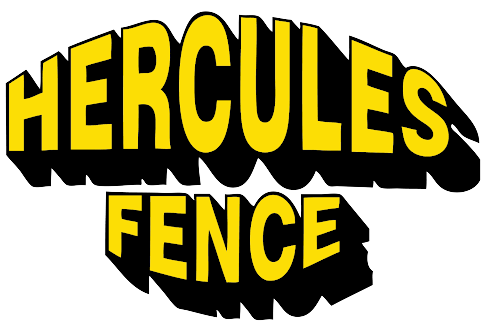
When you think of fences in America, chances are two “famous fences” spring to the forefront—the classic white picket fence of the suburbs and the fence surrounding the White House.
When you think of fences in America, chances are two “famous fences” spring to the forefront—the classic white picket fence of the suburbs and the fence surrounding the White House. It’s had a storied history since it was initially erected by President Thomas Jefferson in the early 1800s, and here is just a slice of the history surrounding America’s most famous (and important) fence.
The 1800s
The White House fence was initially built around 1801 during Thomas Jefferson’s presidency. Beyond the post and rail fence he helped to build, Jefferson also added a ha-ha, or, an eight-foot high wall with a sunken ditch at the bottom to prevent any livestock from entering and grazing in the garden.
In 1818, the White House installed a beautiful new semicircular driveway accented with an iron fence and gate. In the 1830s, a long and heavy wrought iron fence was installed along the stone wall at the North Front. In the late 1860s and early 1870s, East and West Executive Avenues were built, but they have been closed to the public since World War II for security reasons. If you visit the White House today, you may still get to see some of the original wrought-iron fence and stone piers on Pennsylvania Avenue!
The 1900s
The iron White House fence that ran along the North Portico that was installed in the 1830s was replaced by a parapet wall, as the architect charged with restoring the White House thought that the initial railing was too clumsy and clunky. In the 1930s, the 1818 and 1873 wrought-iron fences were taken out and replaced with then-modern security fencing made of steel and topped with bronze spears.
In the 1960s, the White House fence found a new foundation. This time, posts were set into aquia sandstone that was leftover from other work being done on the East Front of the United States Capitol. In the 1970s, the White House fence started receiving major security fencing upgrades. The wrought-iron gates on the Pennsylvania Avenue end of the White House were replaced with replicas of the originals that were now made of reinforced steel. These new gates were specially designed to withstand automobile crashes or attempts to ram the gate.
In the 1980s, the security upgrades to the White House fence continued. Jersey barriers were erected around the perimeter of the property in the early 80s. They were replaced by 38-inch high concrete bollards connected by chains along the Pennsylvania Avenue sidewalk in the late 1980s.
The 2000s
The White House fence continued its security fence evolution throughout the 2000s. In 2004, Pennsylvania Avenue was opened up further to pedestrians so that people could bike or walk from Lafayette Park and the fence. In 2015, sharp metal points were added to the top of the White House fence to deter any climbers after a concerning security incident. In 2016, the new White House fence was approved. It is a state of the art high security fence that will be stronger and taller than before, in addition to being fully outfitted with anti-climb components. The new White House fence will be constructed in 2018.
Choose Hercules High Security for Your High Security Fence
Whether you need White House-level security fencing or the perfect version of a white picket fence to guard your business or residential property, trust the experts at Hercules High Security. For more information and to learn how we can meet your custom fencing needs, contact Hercules High Security online or give us a call at 1-800-395-9597. We will ensure your investment serves your family for years to come! For updates and to see projects we’re working on, visit us on Facebook, Twitter, LinkedIn, Google+, and Pinterest.


